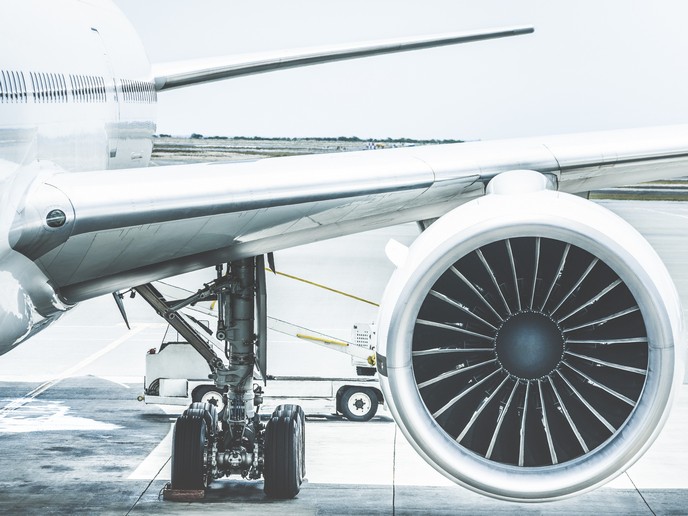New tools speed up the design of more efficient and quieter aircraft
Clean Sky 2 is the largest research programme for aviation ever launched in Europe. It intends to speed up technological developments and shorten the time to market for new and cleaner solutions tested on full-scale demonstrators, thereby contributing significantly to reducing the environmental footprint of aviation. The latest technical developments have focused on achieving smart, green and integrated transport systems to reach the objectives set by the EU with regard to reducing CO2 emissions by 75 % and noise by 65 %. Assessing the environmental impact of innovative engine technologies more accurately involves integrating them into concept aircraft. However, aeronautical product development is a complex process, involving requirements and constraints on the complete aircraft system and its individual components, including the engines. “Engine model integration into iterative aircraft design workflows has been a significant obstacle in the efficient and cost-effective design process for aircraft manufacturers,” notes Fabrizio Nicolosi, coordinator of the EU-funded ADORNO(opens in new window) project.
Stepping up to the environmental impact of aircraft
ADORNO was established to provide tools for a fast and reliable estimation of aircraft pollutant and noise emissions at various mission phases. The new flexible aircraft model helps draft requirements for the engine platform regarding thrust and power off-takes at different power settings and flight conditions. “Our aircraft model with an integrated engine interface is crucial to delivering innovative and constantly evolving aircraft products in a time- and cost-efficient manner, facilitating the interaction between engine and aircraft designers,” remarks Mario Di Stasio, a researcher involved in ADORNO.
Balancing between aircraft and engine designs
Engine manufacturers are responsible for designing the engine and airframe designers like Boeing and Airbus typically adapt aircraft design to the engine. There are abundant tools for aircraft design that help determine what renders the best performance to the aircraft, for example lower fuel consumption, or define the required speed and altitude for transporting a certain number of packs. But what would happen if an engine characterised by low fuel consumption proves to be larger or heavier when attached to the aircraft? “The ADORNO project worked on a different approach that involved optimising the aircraft and the engine designs together. The idea is to find the best combination between the engine and the aircraft and also understand the real benefit of mounting a new engine on an old aircraft,” explains Nicolosi. Based on the thrust and power off-takes requirements derived from ADORNO’s aircraft models, MTU Aero Engines(opens in new window) designed a new high bypass turbofan engine. A downselection between different engine designs was performed using trade factors on fuel burn produced by the University of Naples Federico II(opens in new window). Fuel burn and emissions at aircraft level were monitored under varying different engine parameters such as the specific fuel consumption, dry weight, maximum nacelle diameter and nacelle cowl length. These trade factors can be used in different projects dealing with similar aircraft configurations. Project partners also designed a stand-alone application for predicting noise. This tool can easily be integrated with external analysis tools to evaluate how noise and emissions affect each other. “ADORNO implemented an integrated aircraft-engine design optimisation approach starting from the very early design stages to contribute to aviation’s emission reduction goals. Our tools will boost competitiveness of engine manufacturers in Europe and reduce the time-to-market of new aeronautical products,” concludes Nicolosi.







